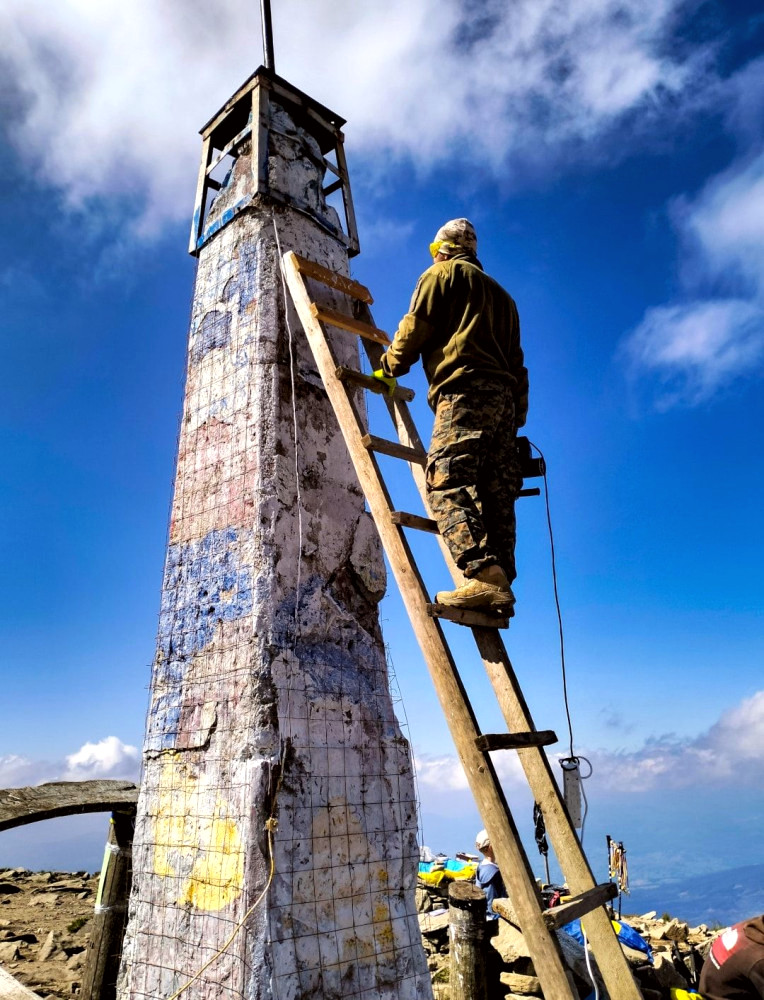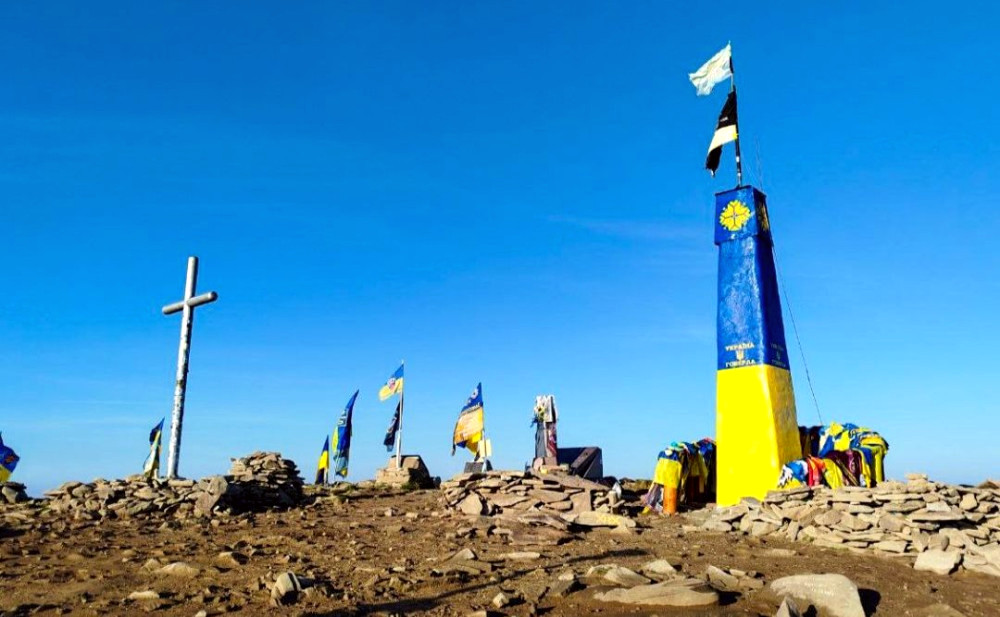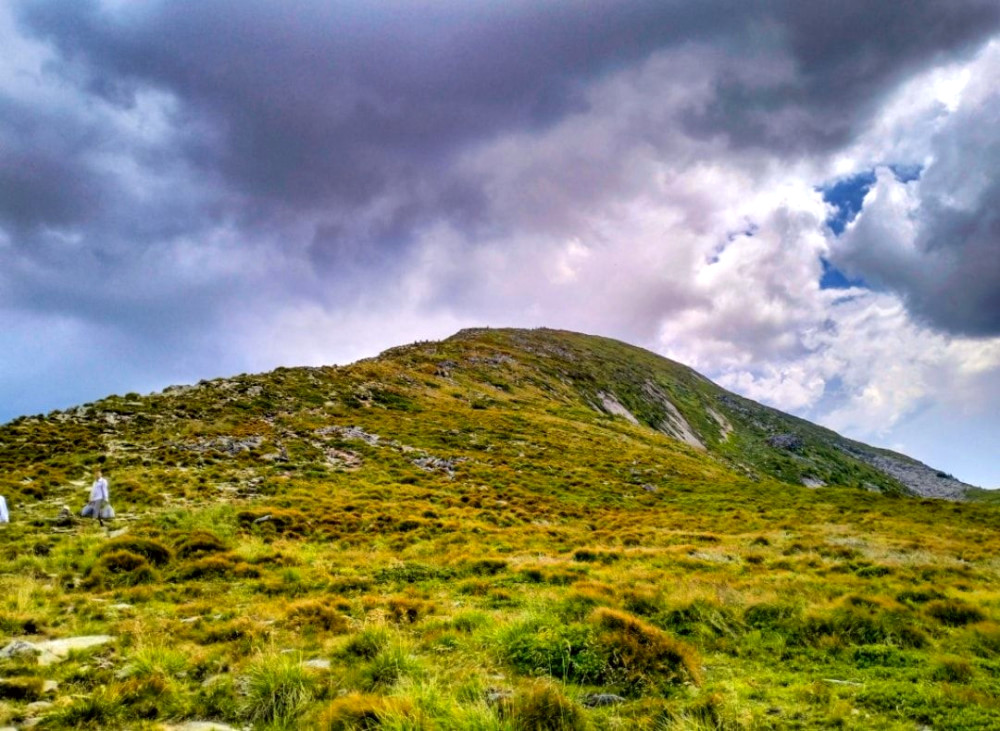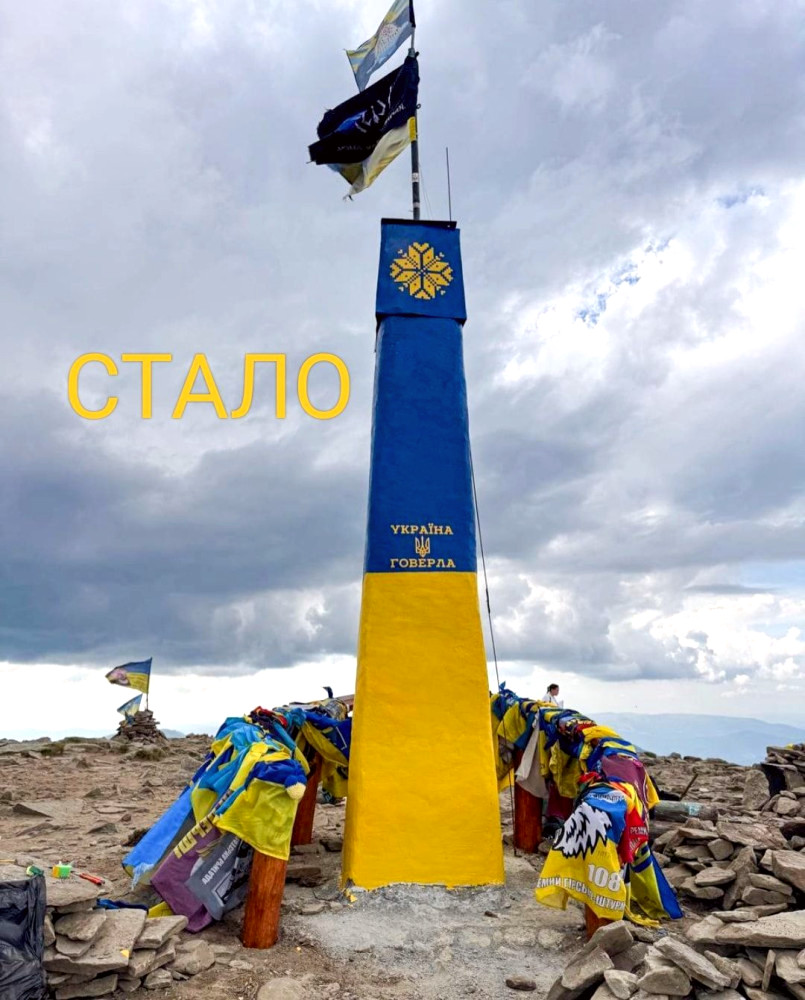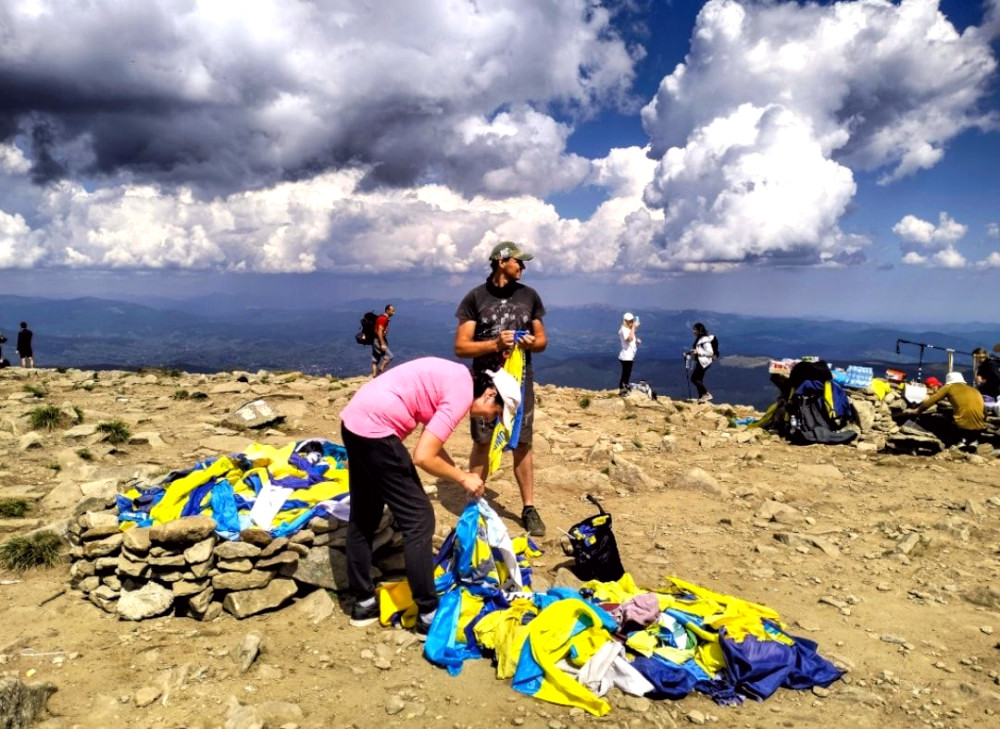Starting from the beginning of August, work commenced on Ukraine's highest peak — Hoverla in the Carpathians.
After years of harsh weather, the monument needed restoration.
Hoverla is known to be the highest point in Ukraine, standing at 2061 meters above sea level with a history spanning 25 million years.
Since August 3rd, a veterans camp has been set up here, and renovation work has begun.
At the top of the monument, the traditional ornament known as the alatyr— considered a cultural symbol and a protective talisman— has been restored.
A lightning rod has also been installed to protect the structure, anchored a meter deep into the rocky ground.
This was shared on social media by Alina Kosovska.
The old paint has been stripped away, a new sturdy plaster has been applied, and then alkyd enamel was used to enhance the appearance of the monument.
A stone shelter for flags has been constructed at the summit. All flags will remain on Hoverla after the renovation, Kosovska noted.
Ukrainian Armed Forces veterans, as part of the "Veterans Camp at Hoverla," undertook the majority of the work alongside rescuers and volunteers. The entire project lasted 35 days, with logistics and weather impacting the schedule.
"During the restoration process, geodetic services requested that we preserve the triangulation mark at the top of the monument, so we decided not to cover the upper part with concrete, instead using metal sheets for cladding," Kosovska stated.
Electricity for the work was provided by solar panels. When the sun wasn’t shining, camp participants carried a heavy battery to the gas generator 2 km away.
"Funding for the project was made possible by donations from the tourist community, contributions from our friends abroad, and charity events selling hot meals at Hoverla," Kosovska explained.
To transport materials to the summit, workers had to trek 3 km with a height gain of 500 meters, bringing around 150 kg of cement and half a ton of sand.
"A special mention goes to the wooden structure for the horseshoe around the monument, made from seven spruce trunks, which was transported manually," Kosovska shared.
According to her, 24 individuals were continuously involved in the work, using a shift method, with assistance from tourists and guides.
